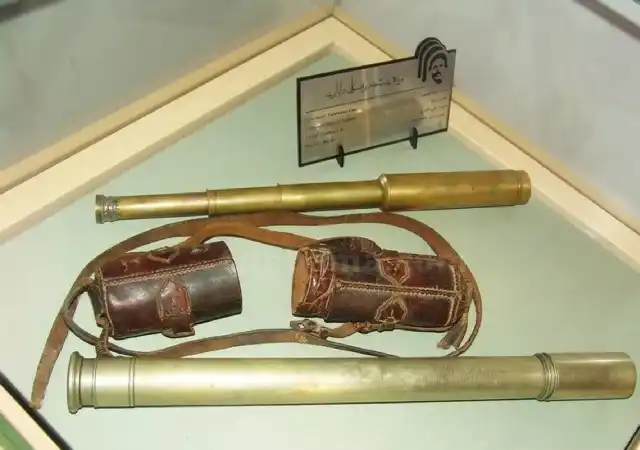
Museum of Rais Ali Delvari





Museum of Raees Ali Delvari
At the entrance of Persepolis, there is an inscription that reads, "O God, protect my land from the evil of enemies." Unfortunately, throughout history, Iran has faced numerous threats from enemies, with the British army holding a significant position in this regard. Among those who stood against the British army and played a key patriotic role in this struggle, Raees Ali Delvari holds a special place.
Raees Ali Delvari was born in 1882 in the village of Delvar, located in the Tangestan region of Bushehr province . At the age of 24, with the onset of the Constitutional Movement, he joined the constitutionalists of Bushehr and engaged in political and military struggles against the Qajar dynasty. In 1908, he expelled the Qajar government from Bushehr and governed the city for nine months. His activities coincided with the invasion and interference of various colonial powers, especially the British. At the beginning of World War I, when Russian forces invaded from the north and British troops from the south, Raees Ali Delvari, along with a small group of his companions, stood against 5,000 seasoned British soldiers supported by well-armed ships from the sea. He fought against them for seven years until he was ultimately killed by one of his enemies on September 3, 1910. His body was initially buried in the village of Kalleh Band and, according to his will, was later transferred to Najaf Ashraf, where he was laid to rest in the famous Wadi al-Salam cemetery, finding eternal peace.
The house of Raees Ali Delvari, which has now been transformed into a museum, was originally his personal residence during the Qajar era. It spans an area of 3,750 square meters and consists of 23 interconnected rooms divided into 17 separate spaces to display and preserve historical artifacts and documents. The building has a simple exterior, featuring a wooden ceiling adorned with plasterwork and stained glass. It has two large wooden doors, one of which bears bullet marks that attract everyone's attention. These bullet holes are remnants of the British army's assault and gunfire directed at Raees Ali's home. Inside the house, a 100-year-old palm tree and several old war cannons capture the attention of visitors.
In the main hallway, several plaques describe Raees Ali's uprising, detailing his life and attacks against British forces.
The museum showcases:
- Historical documents of the people of Bushehr's uprising and Raees Ali Delvari's revolt.
- Handmade weapons and tools used by Raees Ali's companions, as well as his personal belongings like his camera, sword, and weapon.
- Historical stamps marked with the Bushehr seal during the British occupation.
- Historical documents, maps, letters, and plans related to the British attacks, along with accounts of the people's struggles against British colonizers.
- Clothing and weapons of the people during Raees Ali Delvari's uprising.
It is noteworthy that individuals dressed in traditional clothing from Bushehr during the time of the struggle against British colonialism often attend the museum. They narrate events in the local Bushehri dialect, adding a unique attraction to the museum. As mentioned, the museum building belonged to Raees Ali and is nearly 100 years old. It is quite simple, and stepping inside allows you to become acquainted with the hero of Tangestan and his companions. Additionally, entering this building gives you insight into various old weapons and documents from that era, which is quite fascinating. If you plan to visit this museum and have any questions, our colleagues at Sana Persian are ready to assist you. We look forward to welcoming you to Iran, Bushehr province, and the Museum of Raees Ali Delvari. Here’s to that day!
Contact Us
+989054577261